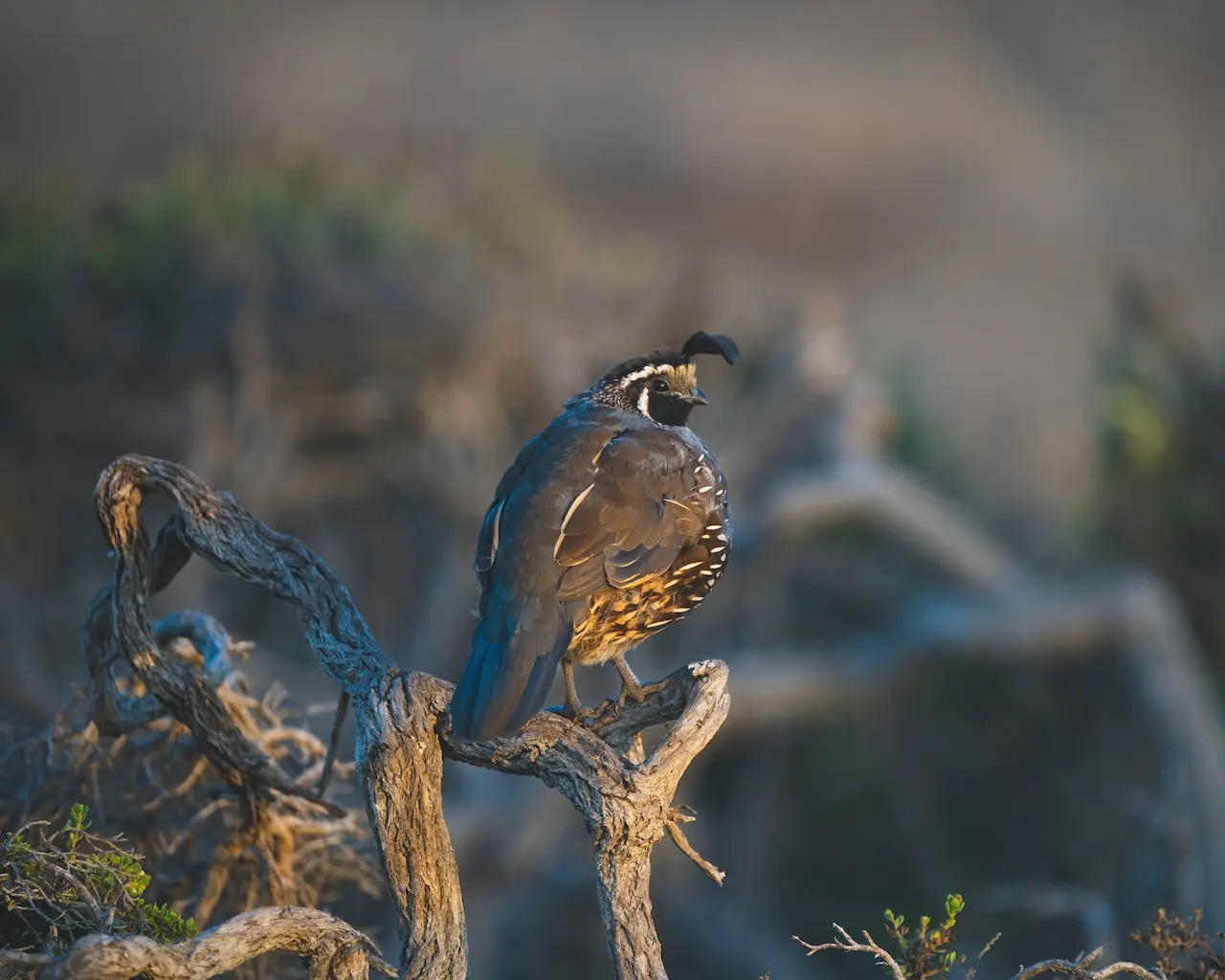Bulwer’s Pheasants aka Wattled Pheasants or Bulwer’s Wattl Pheasants
The Bulwer’s Pheasants, Lophura bulweri – also known as Wattled Pheasant or Bulwer’s Wattled Pheasant – is endemic to the tropical forests of Central Borneo, at elevations up to 5,200 feet.
Due to logging and clearing for agriculture, the Bulwer’s Pheasants are listed as Vulnerable on the IUCN Red List of Threatened Species.
The male performs a remarkable mating display during which he enlarges his wattles, and raises and spreads his striking white tail (featured to the right). Even though this dance is specifically geared to attract females, males may also display for each other.
The name commemorates the English naturalist James Bulwer.
Description:
This is a medium-sized pheasant; with males averaging up to 31 inches (~80 cm) and females up to 20 inches (~50 cm) in length.
This species is named for the bright blue facial wattles that are extended several inches during courtship.
Males:
The males are said to be one of the most spectacular of all pheasants.
Their general plumage is dark blue to black, with a maroon chest, and a purplish throat and upper breast. They have red legs and beautiful long, curved white tail feathers that are striking indeed.
The male has two blue facial wattles that conceal the sides of his head.
Males attain their full adult plumage when they are about two years old.
Female:
The females of this species are overall a dull brown with fine black vermiculations (= a pattern of fine, wavy, worm-like lines or streaks of color).
They are crestless and have blue facial skin, brown tails, and reddish legs.
Diet:
The natural diet consists of fruits, worms, and insects.
Aviculture:
These pheasants are rarely kept in private collections with fewer than 50 birds known to be kept in captivity. The female averages five eggs, which she incubates for about 25 days.
Call / Song:
Penetrating metallic kook kook given by both sexes and sharp nervous kak kak in alarm. During the mating season, the males make a shrill, piercing cry.
Other Related Web Links: Pheasant General Information … Pheasant Species … Pheasant Taxonomy … Breeding Pheasants … Pheasant Photo Gallery … Housing Pheasants … Pheasant Diseases … Peacock Information … Peafowl Species List





